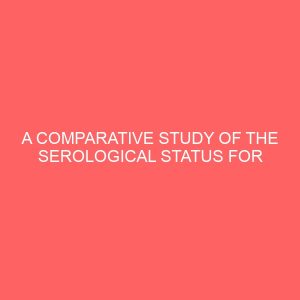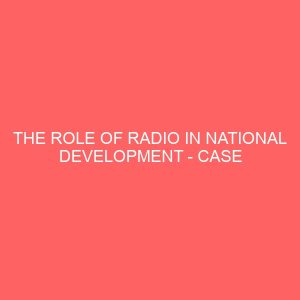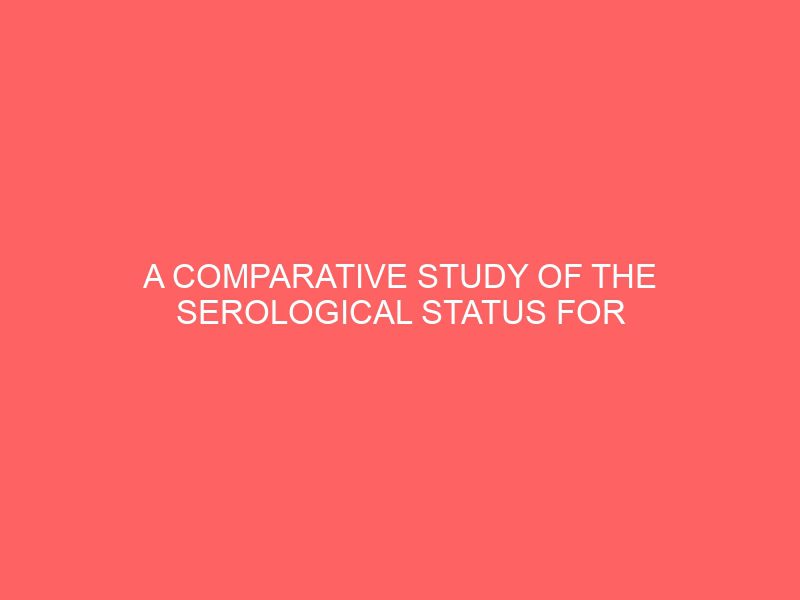Description
CHAPTER ONE INTRODUCTION 1.1 Introduction Newcastle Disease (ND) is the most important viral disease of poultry in the world including developing countries (Adene, 1999; Spradbrow, 1997). In Africa and Asia ND is a major constraint against the development of both industrial and village poultry production (Alders et al., 2001). ND has been reported as one of the greatest constraints to the development of rural poultry production in Nigeria (Shamaki et al., 1989; Oladele et al., 2003). ND is a highly contagious and commonly fatal ribonucleic acid virus infection of birds which can cause up 100 percent mortality in susceptible chickens. Many avian species may become infected but dramatic losses are seen most often in domestic fowl and to a lesser extent in turkeys and Pheasants (Rosenbeger, 1981; Vickers and Hanson, 1982; Gordon and Jordan,1982) ND is caused by avian paramyxovirus type-1(APMV-1) which is classified with other paramyxoviruses in the genus Avulavirus, subfamily paramyxovirinae, family paramyxoviridae, and order mononegavirales. It is an enveloped virus and has a negative sense single strand RNA genome (Lamb et al., 2005). The genome contains six genes 31-MP-P-M-F-HN-L-51 that encode six major proteins: nucleoprotein, phosphoprotein, matrix protein, fusion protein, haemmaglutinnin-neuraminidase, and RNA-dependent RNA polymerase (Chamber et al., 1986; Alexander, 2008). Beard and Hanson (1984) classified Newcastle disease virus strains into highly virulent (Velogenic), intermediate virulent (Mesogenic) or avirulent (Lentogenic) based on their pathogenicity in chickens. Lentogenic strains produce mild or inapparent respiratory infections; the mesogenic strains produce low mortalities, acute respiratory disease and neurological signs in some birds while the velogenic strains which can be either neurotropic velogenic NDV (NVNDV) or viscerotropic velogenic NDV (VVNDV) cause disease with high mortality (Huang et al., 2004; Piacenta et al., 2006). The known surface antigens are the haemagglutinin and neuraminidase (Nagai et al., 1976) and the fusion (F) protein. The first, haemagglutinin-neuraminidase (HN), is important in the attachment and release of the virus from the host cells, in addition to its role in serologic identification (Beard and Hanson, 1984; OIE, 2008). The other, the fusion (F) protein, has a critical role in the pathogenesis of the disease (Beard and Hanson, 1984; OIE, 2008). ND may be employed as an antigen in a wide variety of serological tests, enabling neutralization or ELISA or HI tests to be used for diagnosis (Aiello et al., 2003)







